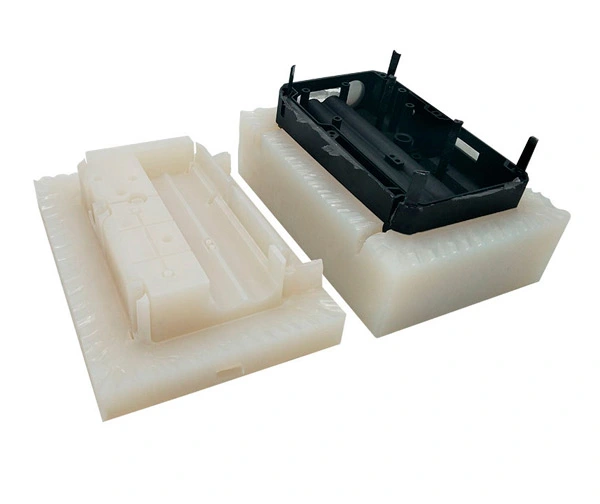The Process of Producing Custom Peek CNC Machining Parts Milling PEEK Rapid Prototype
Milling PEEK (Polyether ether ketone) is a process used to create rapid prototypes of PEEK parts using milling machines. PEEK is a high-performance thermoplastic material with excellent mechanical, thermal, and chemical properties, making it an ideal material for high-stress applications.
To mill PEEK, you will need a CNC (Computer Numerical Control) milling machine that is capable of handling high-speed cutting tools and high temperatures. The process involves using a CAD (Computer-Aided Design) software to design the part, which is then loaded into the CNC machine for milling.
Here are the basic steps involved in precision rapid prototyping of PEEK parts:
Design the part using CAD software: Use a 3D modeling software to design the part you want to create. Ensure that the dimensions and tolerances are accurate, and the design is suitable for milling.
Load the PEEK material: Cut a block of PEEK material to the appropriate size and load it onto the milling machine.
Set up the milling machine: Set up the milling machine according to the specifications of the PEEK material and the design of the part.
Begin the milling process: Start the milling process and monitor it closely to ensure that everything is working correctly. Adjust the speed and feed rates as needed to achieve the desired results.
Remove the part from the machine: Once the milling process is complete, remove the part from the machine and inspect it for accuracy and quality.
Post-processing: Depending on the design of the part, it may require additional post-processing steps such as sanding, polishing, or painting to achieve the desired finish.
In all, milling PEEK rapid prototypes requires a high level of skill and precision to ensure the best possible results. It is essential to work with a qualified and experienced custom CNC milling service provider who has the necessary expertise and equipment to handle PEEK material.


 EN
EN
 ja
ja  ko
ko  fr
fr  de
de  es
es  it
it  pt
pt  ar
ar  tr
tr  iw
iw 






